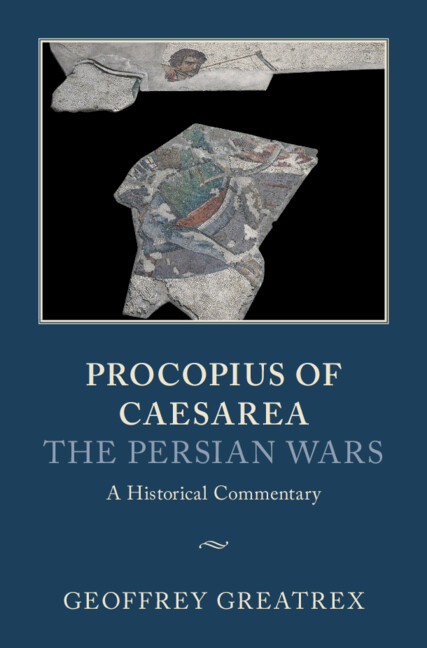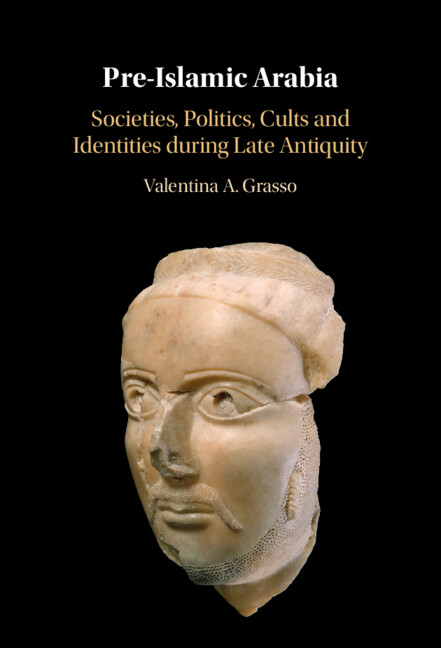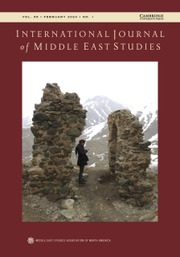Egypt and the Eastern Mediterranean World
During the period 500–1000 CE Egypt was successively part of the Byzantine, Persian and Islamic empires. All kinds of events, developments and processes occurred that would greatly affect its history and that of the eastern Mediterranean in general. This is the first volume to map Egypt's position in the Mediterranean during this period. Drawing on a wide range of disciplines, the individual chapters detail its connections with imperial and scholarly centres, its role in cross-regional trade networks, and its participation in Mediterranean and Near Eastern cultural developments, including their impact on its own literary and material production. With unparalleled detail, the book tracks the mechanisms and structures through which Egypt connected politically, economically and culturally to the world surrounding it.
- Offers a multi-disciplinary perspective on Egypt's late antique and early Islamic history
- Provides a long-term perspective on a crucial period in Egypt's history by crossing commonly applied chronological limits
- Argues that Egypt was deeply connected to the wider Mediterranean world
Reviews & endorsements
‘… provides a very good insight into the interconnectedness of Egypt in the Eastern Mediterranean region over a long period of time.’ H-Soz-Kult
‘(these essays) open a window on an important period of transition in Egyptian history.' Ancient Egypt Magazine
‘The chapters of the book are written by specialists who draw on a wide range of archaeological and textual sources. … Careful editing also contributes to the beauty of the book. It contains informative (and partly colored) graphs and tables, and a detailed overall index with names, places, and subjects.’ Lucian Reinfandt, Journal of Near Eastern Studies
Product details
December 2022Adobe eBook Reader
9781009184670
0 pages
15 b/w illus. 12 maps 6 tables
This ISBN is for an eBook version which is distributed on our behalf by a third party.
Table of Contents
- Introduction Jelle Bruning, Janneke H. M. de Jong and Petra M. Sijpesteijn
- Part 1. Political and Administrative Connections:
- 1. Egypt in the age of Justinian: connector or disconnector? Peter Sarris
- 2. At the crossroads of regional settings: Egypt, 500–1000 CE Yaacov Lev
- 3. The frontier zone at the first cataract before and at the time of the Muslim conquest (fifth to seventh centuries) Stefanie Schmidt
- 4. Islamic historiography on early Muslim relations with Nubia Sylvie Denoix
- 5. Local tradition and imperial legal policy under the Umayyads: the evolution of the early Egyptian school of law Mathieu Tillier
- 6. Ibn Ṭūlūn's pacification campaign: sedition, authority and empire in Abbasid Egypt Matthew S. Gordon
- Part 2. Economic Connections:
- 7. Between Ramla and Fusṭāṭ: Archaeological evidence for Egyptian contacts with early Islamic Palestine (eighth-eleventh centuries) Gideon Avni
- 8. Egypt's connections in the early Caliphate: political, economic and cultural Petra M. Sijpesteijn
- 9. Trading activities in the Eastern Mediterranean through ceramics between late antiquity and fatimid times (ca. seventh-tenth/eleventh centuries) Joanita Vroom
- Part 3. Social and Cultural Connections:
- 10. The destruction of Alexandria: religious imagery and local identity in early Islamic Egypt Jelle Bruning
- 11. Scribal networks, taxation and the role of coptic in Marwanid Egypt Jennifer Cromwell
- 12. A changing position of Greek? Greek papyri in the documentary culture of early Islamic Egypt Janneke H. M. de Jong
- 13. Regional diversity in the use of administrative loanwords in early Islamic Arabic documentary sources (632–800 CE): a preliminary survey Eugenio Garosi
- 14. Babylon/Qaṣr al-Shamʿ: continuity and change at the heart of the new metropolis of Fusṭāṭ Peter Sheehan and Alison L. Gascoigne
- 15. Utilizing non-Muslim literary sources for the study of Egypt, 500–1000 CE Maged S.A. Mikhail
- Index.





